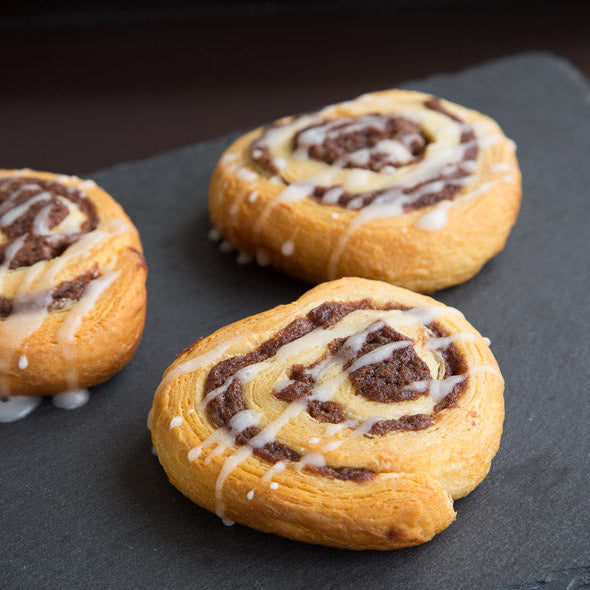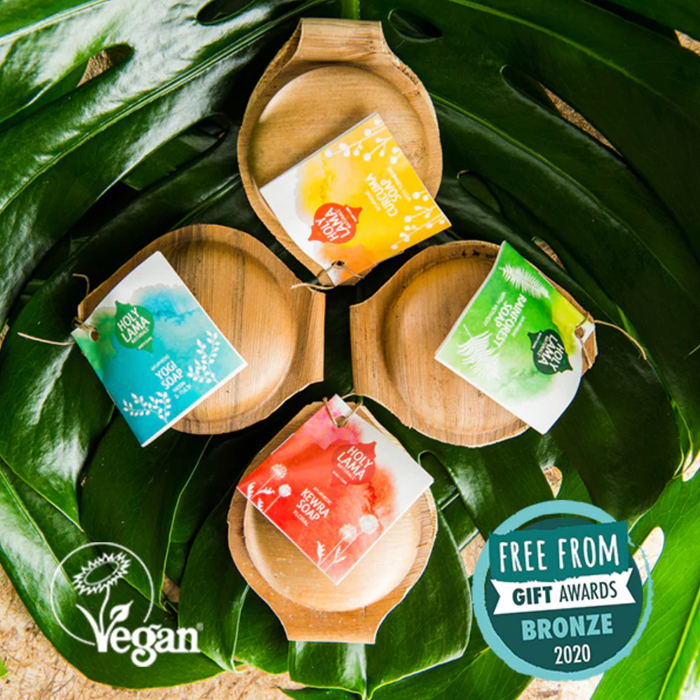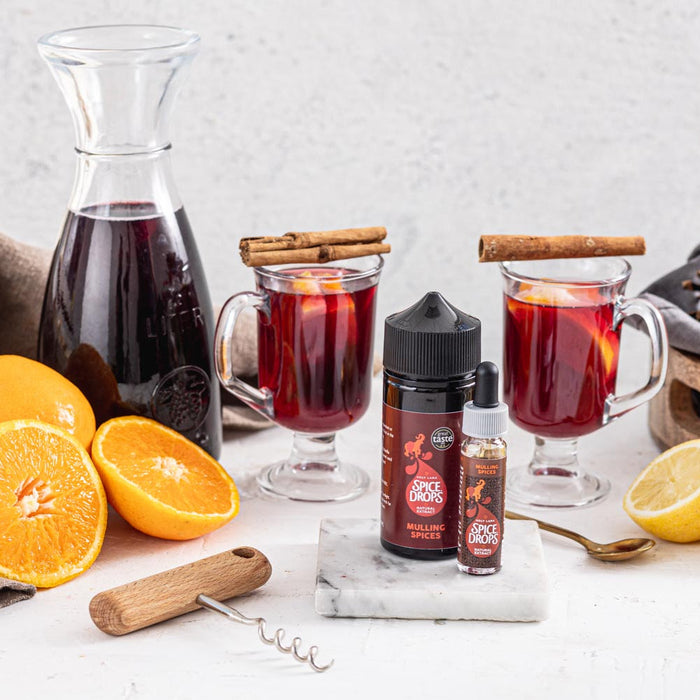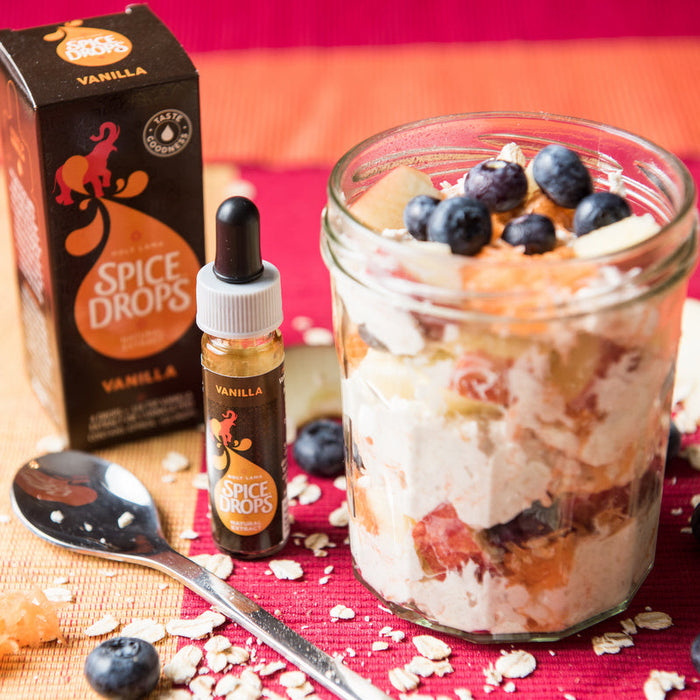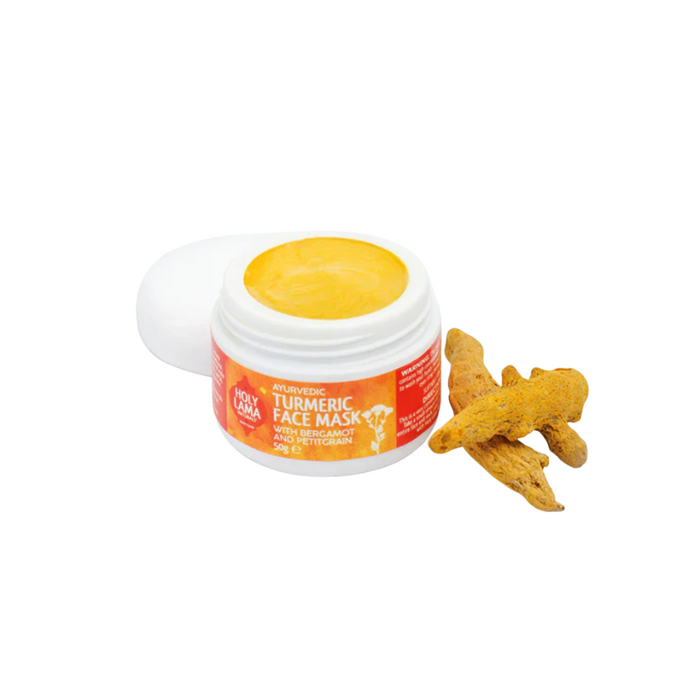Find out everything you need to know about aromatherapy massage here.
The use of aromatherapy massage to treat the body, mind, and soul dates back thousands of years. Aromatherapy can be very beneficial, whether you're searching for therapeutic treatment or something more calming. Everything about this soothing type of massage will be covered in this blog, including its history, advantages, techniques and recommended scents or oils for aromatherapy.
A brief history of Aromatherapy
The practice of aromatherapy dates back to 2000 BC. The Bible has stories that mention the use of aromatic oils for both medical treatment and, in some cases, religious objectives.
Egypt is the first civilisation known to make extensive use of these oils. They would include oils from different plants in their cosmetics, including their perfumes.
Later, as this custom developed, the Greeks began to carry bottles of these oils into combat. They would use these oils to treat any wounds sustained by their men if they were wounded in combat.
By 1950s Britain, the word "aromatherapy" and the technique of aromatherapy massage were developed, popularised, and put into mainstream use.
What is an aromatherapy massage?
The practice of using pure plant oils and extracts for therapeutic or health purposes is known as aromatherapy. Different essential oils are used in aromatherapy massage to boost mental well-being, increase circulation, and lessen stress and muscle tightness.
Aromatherapy oil massages differ slightly from typical body massages since they call for an understanding of essential oils used in aromatherapy as well as certain techniques to maximise their therapeutic effects on clients.
Before beginning the massage, the therapist may apply a few drops of pure oil directly to the client's skin using a dropper to gauge the strength of the aroma each client enjoys. For an even stronger effect, different smells can be diffused into a steam room or swirled about a small area while receiving a massage.
Since only a few drops of aromatherapy oil are required for the duration of a session, learning how much to apply at once is beneficial for beginners, and a single bottle of oil can last quite a long time.
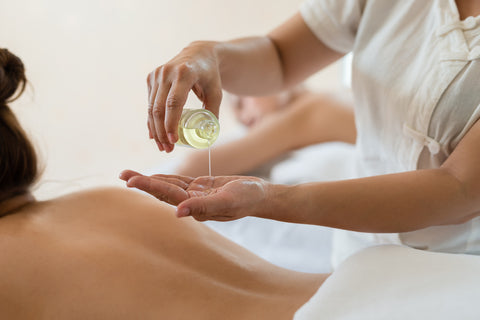
What are the benefits of aromatherapy massage?
There are lots of great benefits that come with aromatherapy massage including:
- Improving circulation
- Reducing cellulite
- Reducing blood pressure
- Reducing anxiety
- Improving sleep
- Boosting your immune system
What techniques are used for aromatherapy massage?
Therapists use a range of techniques for the massage including Top to Bottom, Cupping, Kneading and punching. It is likely your therapist will combine different techniques to get the best results. Light, circular strokes that go in the direction of the heart are most effective for these massages in order to improve blood flow throughout the muscles. In order to maintain the essential oil's potential to function as an anti-inflammatory agent, it is advised to avoid deep tissue massages during aromatherapy sessions.
What oil should I use for an aromatherapy massage?
There are many different oils that can be used. Choosing the ideal oil for your needs requires trial and error. If you're new to aromatherapy, decide which scents you react the best to before experimenting with others. To do this, go to a shop that sells only aromatherapy items, and smell each oil out of the bottle.
If you find the scent pleasant, use them in an aromatherapy session with you or a friend to see how they make you feel. Take your time selecting the perfect scent for yourself; aromatherapy may be a very effective method for enhancing both physical and mental health with the right scent.
We also offer a range of Ayurvedic massage oils in the following scents:
If you are completely new to the world of aromatherapy massage, treat yourself to our Travel Size Massage Oil Gift Set, and discover your favourite oil from our collection.




